Gentleman Soldier
Member
Shortly before Christmas I purchased these two X5 grenades, furnished with the fuzes shown. The bodies are in their standard black livery and both marked H.E.S CY 6 59 P3/1423 with no other markings.
The first one is fitted with a British trials fuze body, marked 18231 A3 and then hand stamped B3. The lever is of the L25 type, painted bronze green and has no markings.
The second is fitted with an American type fuze, possibly M204A2 or M205A2 with a black painted lever again with no markings.
I've read several older threads regarding L2 trials and would really appreciate any information on these two X5's, particularly the fuzes.
The first one is fitted with a British trials fuze body, marked 18231 A3 and then hand stamped B3. The lever is of the L25 type, painted bronze green and has no markings.
The second is fitted with an American type fuze, possibly M204A2 or M205A2 with a black painted lever again with no markings.
I've read several older threads regarding L2 trials and would really appreciate any information on these two X5's, particularly the fuzes.

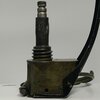
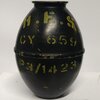
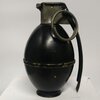
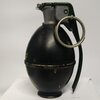
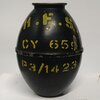
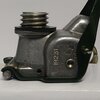
![DSCN0949[1].JPG DSCN0949[1].JPG](https://www.bocn.co.uk/data/attachments/177/177023-60e4e7ebabb777d145264fdc2bf36d66.jpg)